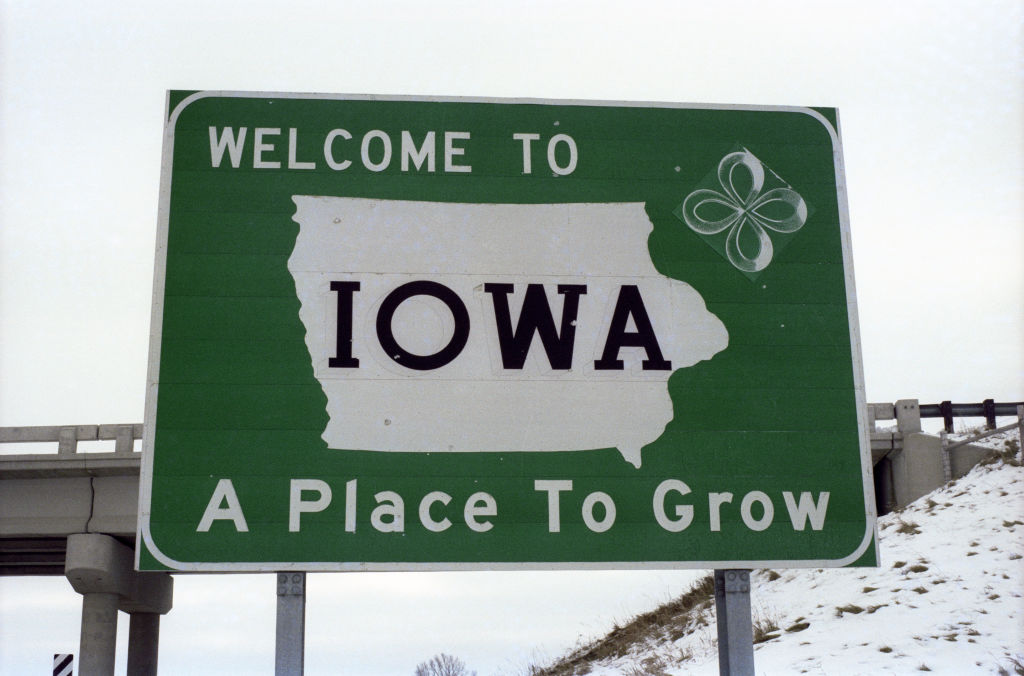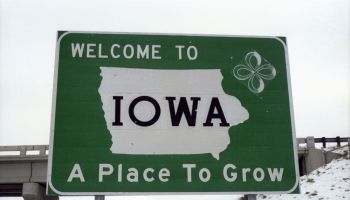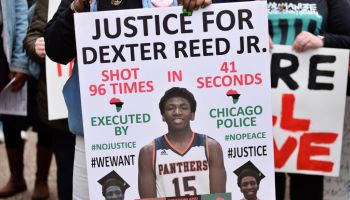If you lack health insurance right now, a big deadline is coming up in a few weeks, and the price of ignoring it will be a penalty at tax time next year. Are you ready? The deadline for uninsured Americans to obtain health insurance is March 31.
After that deadline, you must have coverage. If you were thinking about getting “Obamacare,” know that after March 31 individuals will not be eligible to enroll in any health insurance marketplace plan for 2014 coverage — through federal or state exchanges established by the Affordable Care Act (ACA)— unless they have a big life change, such as a new job or adding a member to the family, according to HealthCare.gov. And getting insurance by other means after the deadline doesn’t guarantee you’ll be exempt from a penalty.
What you must pay if you miss the deadline
At tax time, those who failed to get health insurance coverage in 2014 – through the ACA-created health insurance marketplace, their employers, private health insurers, COBRA, Medicare, Medicaid, veterans coverage, or other means — will pay a penalty of either 1 percent of their yearly household income or $95 per person in their 2014 tax return — whichever number is higher. The idea is that everyone who can get health insurance, must get health insurance, whether it comes via “Obamacare” or not.
The following year, the penalty for not being insured rises to 2 percent of an individual’s income or $325 per person. The penalty continues to increase after that. However, those who have insurance for nine months or more of 2014 do not have to pay a penalty; and for those insured for half of the year, there’s a partial penalty.
Keep in mind, paying the penalty doesn’t mean you’re covered – you still have to obtain coverage. The health insurance marketplace open enrollment period for 2015 begins on Nov. 15 for coverage that starts in 2015.
RELATED STORY: President Obama Discusses The Benefits Of Obamacare For African Americans
Why getting insured is a good idea, anyway
So far, the Obama administration reports that 4.2 million people have enrolled in a health plan through the health insurance marketplaces and over 2 million people have enrolled since January. That’s short of the original 7 million goal, which Vice President Joe Biden recently said may not be reached. But nonetheless, the March 31 deadline is especially important for African Americans, who are 55 percent more likely than Whites to be uninsured.
“When you read the statistics…the health picture of Black Americans is most dire,” Betty Cooper, head of Organizing for Action in northeast Louisiana, a nonprofit group that advocates for President Obama’s agenda, told USA Today. “There is an extra effort … to help many more to enroll.”
Cooper was referring to health disparities among Blacks in the U.S. African Americans have the highest mortality rate of any racial and ethnic group for all cancers combined and for most major cancers individually, including stomach, liver, prostate, and colon cancers, according to the U.S. Department of Health and Human Services. Even though the rate of breast cancer incidence is 10 percent lower among African American women, they are 40 percent more likely to die from the disease.
Indeed, those statistics underscore why federal health officials also are working overtime to enroll more minorities in health care by the deadline, purchasing advertisements in media markets with large Black audiences and broadcasting their message through Facebook and Twitter.
Last week, First Lady Michelle Obama appeared at BET Network’s 5th Annual Leading Women Defined Summit to discuss health issues. And in February, Kathleen Sebelius, Health and Human Services Secretary, participated in a Google Hangout with the NAACP.
How the needle is moving, finally
Despite some early hitches due to technical problems with the Healthcare.gov website, efforts to tout the health insurance marketplace appear to be paying off. A new Gallup Well-Being poll shows that the rate for uninsured Americans fell last month to 15.6 percent after hitting an all-time high of 18.0 percent in the 3rd quarter of 2013.
Furthermore, the percentage of uninsured African-Americans has fallen 2.6 points to 18.3 percent, but Hispanics remain the group most likely to lack health insurance, at a rate of 37.9 percent. The rate of uninsured among people with an annual household income of less than $36,000 has declined the most— by 2.8 percentage points—to 27.9 percent since the 4th quarter of 2013, the poll report states.
Gallup analysts say the rate of insured Americans continues to decline since the insurance mandate went into effect on Jan. 1, 2014 and that the “drop could be a result of the ACA.” The survey also estimates that the rate for the uninsured will “likely continue to fall” as the open enrollment period draws to a close in the next few weeks.
RELATED STORY: Tax Preparers Help Clients Sign Up For Obamacare
On that note, USA Today and the Daily News suggest the following tips to getting insured by March 31:
1. Begin now
While state and federal websites are, for the most part, operating properly, there could be wait times as a crush of procrastinators sign up at the last minute. While enrolling takes an average of 35 to 40 minutes, some people will need more time to enroll if they have complex family situations or aren’t familiar with basic insurance terms.
2. Begin at HealthCare.gov
The state and federal exchanges are simply websites that tell consumers whether they are eligible for subsidies, and then allow consumers to compare private health insurance plans — including from Blue Cross/Blue Shield, Aetna and UnitedHealth — by benefits and prices.
By the way, you will not find an “Obamacare” plan, per se, because it doesn’t exist. The ACA, however, does offer five types of plans, including bronze, silver, gold, platinum and catastrophic, the last being high-deductible plans available for young adults and people with financial hardships.
Bronze plans are likely to have the lowest premiums of the other plans. Keep in mind that in general, lower the premium, the higher the deductible.
The law also caps out-of-pocket expenses: no higher than $6,350 for an individual plan and $12,700 for a family plan, as long as consumers stay in the plan’s network.
3. Know this as you consider the cost…
A recent study by PricewaterhouseCoopers (pdf) shows that premiums for marketplace plans cost the same or less than employer-sponsored plans, and that’s before a subsidy.
4. Gather this information to get started
You will need income information for you and your family members, as well as Social Security numbers and ages. If you need to see a specialist or go to a specific hospital, you should know which plans cover those providers, which could mean calling the providers and asking.
5. Keep these things in mind
People without pre-existing conditions might select a low-premium, high-deductible plan because they do not go to the doctor or spend time in the hospital often. People with pre-existing conditions, such as diabetes or heart disease, might select a plan with a higher premium to lower out-of-pocket expenses.
Trained people are ready to take questions by phone from individuals and business owners. Call toll-free: 1-855-355-5777.
Meanwhile, in Congress
In spite of the looming deadline, Republicans are arduously campaigning to repeal the law, with GOP members of the House slated this week to take their 51st vote against the Affordable Care Act.
Texas Republican Sen. Ted Cruz said Sunday that he believes the law can be fully repealed, telling ABC’s This Week that Republicans can repeal ”every single word” of the health reform law.
Ok, until that happens Americans have until March 31 to purchase insurance to avoid tax penalties.
























